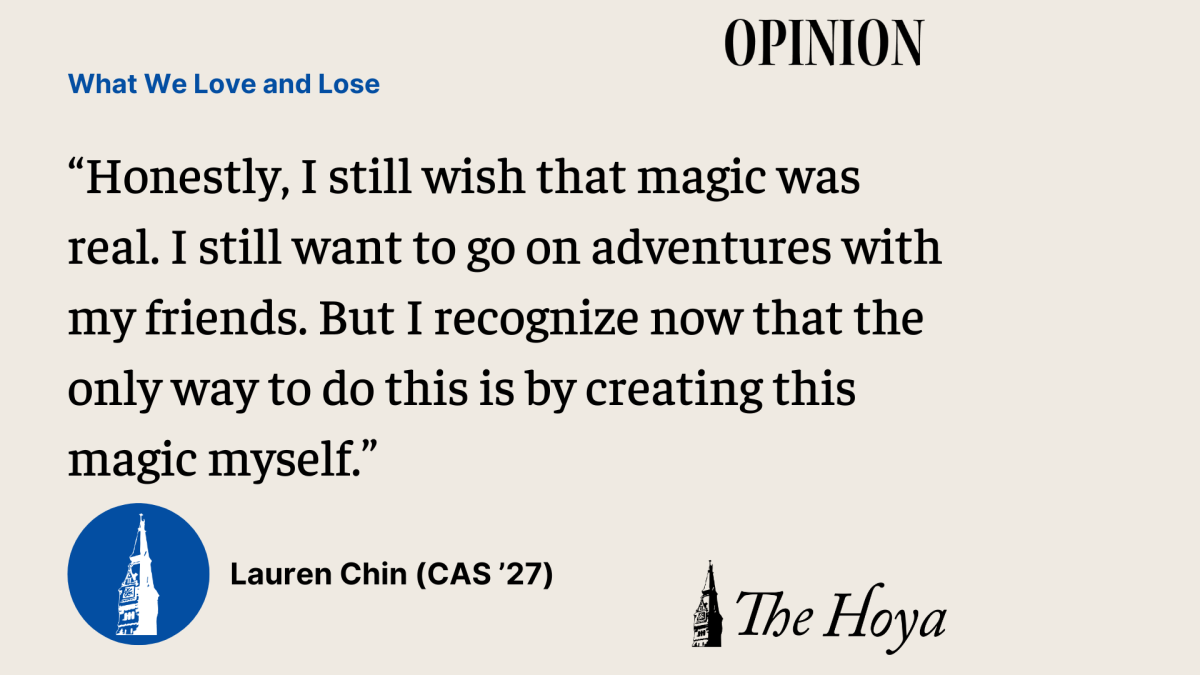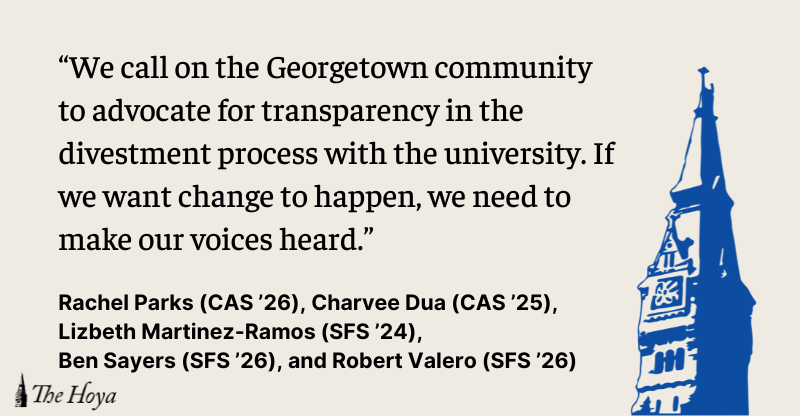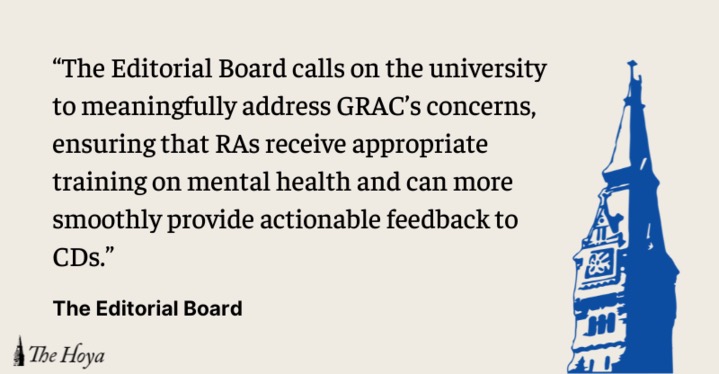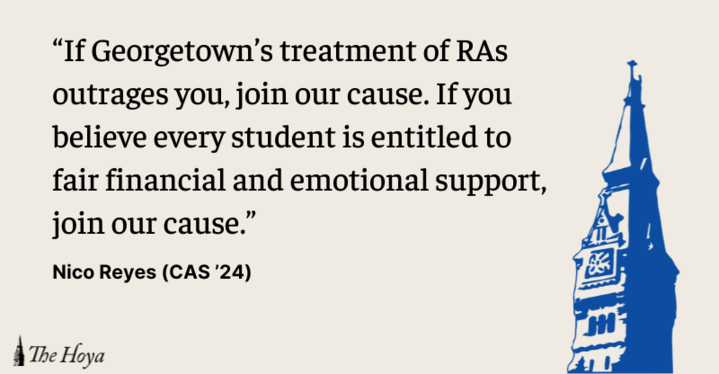Spring break opened my eyes to how little I still know about life in the United States. As I booked plane tickets to visit Florida with my mom, I envisioned admiring the palm trees, sipping on margaritas at the beach and going for long walks all around Fort Lauderdale. Well, we did more than enough of the former two. But regarding the third aim — someone forgot to tell us rule No. 1 for living in the United States: You’re going to need a car.
Being the clueless Europeans that we are, we thought using public transport to get around was a good idea. But all of our bus rides felt… off. A highlight was a young woman wearing every color under the sun. By far our worst experience was having two men follow us off the bus one night.
Needless to say, after that moment, my mom and I learned the unspoken rules: We appreciated the lush streets and fancy houses of Florida only by daylight and began to take Ubers everywhere. That got me thinking: What if you can’t afford a car? Can you still be a fully-participating member of American society? The fact that many people on the bus seemed a bit distressed and disheveled couldn’t have been a coincidence. So long as disadvantaged people and their comfort are not a priority for cities, and only a car can allow one to fully participate in society, the gap between the members of that society is just bound to grow.
Back in Europe, there is wider societal support for public expenses and regulations aiming to correct socioeconomic inequalities in comparison to the United States.
Apart from being more densely populated and more walkable, most European cities rely strongly on public transport. Not only is it usually quicker, but commuters are also encouraged to use public transport to help the environment. Thus, the majority of Londoners commute to work by means other than driving. Just over 1 in 3 Parisians owned a car in 2019. In New York City, where car ownership is the lowest nationwide, 46% of people own a vehicle, with all other U.S. cities having significantly higher numbers.
From public transport to the EU Emissions Trading System (ETS), the European Union (EU) seems unafraid of ruffling polluters’ feathers. The ETS is a cap-based system regulating carbon emissions by trading pollution permits. In other words, companies can pollute only to a certain level, above which they have to pay for extra permits. Another example of an environmental regulation impacting millions of Europeans directly is the plastic ban. That the EU should ban all plastic cutlery and straws from entering the markets of its 27 member states in one fell swoop is quite unheard of. Such regulations are hardly comprehensible here in the States.
That difference in attitudes prompts the question: Is having a safety net made of regulations and state intervention a better option than giving wings to the most ambitious, driven and innovative minds? The American philosopher John Rawls believes gifted individuals should be able to reap the rewards for their talent, but only under the condition that the people who have been dealt the hardest cards in society have their basic needs met. This argument for redistribution has been highly influential since the ’70s.
Still, if losing your job in the United States means you cannot pay your mortgage, which in turn puts you in imminent danger of becoming homeless, it raises the question if the regard — and safety net — for the most disadvantaged really is there. What’s more, one has to ask themselves: Do I even want to excel in a winner-takes-all system where many of my fellow citizens are stuck at the bottom? To me, that seems unsustainable.
But let’s look at it this way: Yes, the United States may not, for example, have the most equitable or efficient healthcare system in the world, but it is the absolute leader in medical innovation. Such innovations later trickle down to other countries and often solve pressing issues on a global scale. Maybe the United States is just ready to pay the price of inaccessibility and inequality for the sake of remaining a place where the freedom to act is paramount.
As you can probably tell, I am torn. I try not to let the fact that I may or may not be missing Europe cloud my judgment. But I am determined to understand the United States even better in the time I have left here.
On our last day in Florida, my mom and I treated ourselves to a cruise along Fort Lauderdale, a.k.a. the “Venice of the United States”. We reveled in watching the incredible houses go by, each bigger, more elaborate or more distinctive than the previous — as if standing in a fleeting competition with each other. We were told that the houses belong to all kinds of successful and powerful people, from the owners of Taco Bell and Wendy’s to the founders of leading private equity firms. Somewhere in the whirlwind of marble gazebos, sunbeds, infinity pools and decorative alligators, I’m struck by a thought: Would they have made it in Europe?
Nia Simeonova is a student at King’s College London who’s studying on exchange at Georgetown this semester. This is the third installment of her column “Old World, New World.”




















